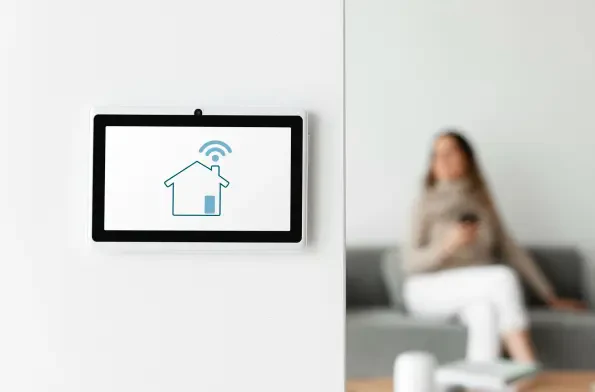As smart home devices become more integral to daily life, the growing threat of cyber-attacks on these networks cannot be ignored. In 2025, homeowners integrate connected devices to manage everything from lighting to temperature controls. With the convenience offered by these smart technologies comes an increased vulnerability to cyber threats, as cybercriminals aggressively target smart homes, using them as easy entry points to bypass more secure corporate systems. A prominent example of these vulnerabilities was revealed in a recent breach incident where a well-known cloud service suffered a widespread data compromise. These risks underscore the importance of developing robust strategies to safeguard personal networks against a multitude of evolving online threats. As the line between work and home becomes increasingly blurred, protecting smart home environments is essential to ensure both personal privacy and professional integrity.
Understanding Smart Home Protection Needs
In approaching smart home security, it is crucial to recognize that not all users require the same level of protection. Cybersecurity expert Jennifer Minella introduced a method of categorizing users into three distinct groups based on their technological engagement and security needs. The first group, known as low-tech lifers, consists of individuals who prioritize the ease of functionality over comprehensive security solutions. This group typically relies on Internet Service Provider (ISP)-provided equipment without any extensive customization. For low-tech lifers, a fundamental step toward enhancing security is as simple as updating passwords across all devices, including routers, printers, and smart gadgets. Despite their basic approach, there remain significant privacy risks associated with internet-connected appliances, such as smart TVs. Therefore, caution in daily operations, and the deployment of multi-factor authentication for sensitive applications like security cameras, can go a long way in preventing unauthorized access.
For more tech-savvy individuals, classified as DIY home admins, Minella offers a more advanced framework. These users generally possess a stronger grasp of technology, often taking on the role of managing their home networks independently. Implementing WPA3, the most recent Wi-Fi security standard, is an essential recommendation to protect against brute-force attacks. Moreover, these advanced users are encouraged to create VLANs or utilize network filtering to separate devices like smart fridges from Internet of Things (IoT) security tools. This kind of strategic device segregation does not merely enhance network performance but also provides an additional layer of security by isolating essential devices from potential threats from less secure smart home gadgets.
Tailoring Security for Different User Profiles
The third group, known as hardened defenders, consists of users who are highly security-conscious and often have a background in technology or cybersecurity. These users advocate for a rigorous approach to security, employing state-of-the-art tools to safeguard their smart homes. Hardened defenders typically integrate a combination of hardware and software solutions, such as installing network firewalls and advanced intrusion detection systems. Additionally, they are likely to regularly update device firmware to patch vulnerabilities and apply complex encryption techniques to secure data transmissions. For these users, maintaining a vigilant and proactive defense against cyber threats is not just a necessity but a priority that helps protect against targeted attacks.
Throughout Minella’s advice, a clear consensus emerges: regardless of one’s technological proficiency, a proactive approach is integral to maintaining security. Staying updated with the latest firmware and utilizing advanced network configurations are steps everyone can take, irrespective of skill level. These strategies are not just about reacting to existing threats but about anticipating future cybersecurity challenges. By being adaptable and tailor-fitting security measures, individuals can confidently fortify their smart home environments. This nuanced approach encourages users to assess their own needs and capabilities, allowing for personal adjustments in their security measures to combat potential vulnerabilities effectively.
Future Considerations for Smart Home Security
Approaching smart home security requires recognizing that users have different levels of need. Cybersecurity expert Jennifer Minella categorizes users into three groups based on their tech engagement and security demands. First, low-tech lifers prioritize ease over robust security and often use equipment from ISPs with minimal customization. For them, boosting security can be as straightforward as updating passwords on routers, printers, and smart devices. Despite their simplicity, internet-connected devices like smart TVs still pose privacy risks. Adopting multi-factor authentication for security cameras can be helpful in preventing unauthorized access.
For tech-savvy users, dubbed DIY home admins, Minella suggests a more sophisticated approach. These users often manage their home networks themselves and should implement WPA3, the latest Wi-Fi security standard, to guard against brute-force attacks. Creating VLANs or using network filters to separate devices like smart fridges from IoT security tools is advised. This strategic segmentation enhances network performance and provides extra protection against less secure gadgets.













